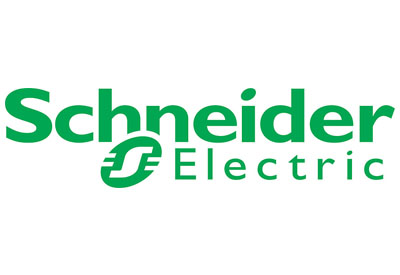Three Myths About Implementing Mobile Robots

January 3, 2022
Autonomous mobile robots (AMRs) are self-navigating entities that dynamically move material through challenging environments, including narrow passages and peopled locations. Unlike traditional autonomously guided vehicles (AGVs), Omron AMRs require no facility modifications. This makes them a great option for businesses ready for a big transformation.
Many companies are excited about the benefits of AMRs and are modifying their operational strategies to include this new technology. With different vendors and different integration strategies available, it’s important to consider which ones will make your investment a success.
This post will take a look at some common misconceptions around AMR implementation. These were originally shared by Parker Conroy, Omron’s Global Marketing Director for AMRs, at the A3 AMR conference on November 14th, 2021 in Memphis, on how to successfully navigate mobile robot implementation from pilot to rollout.
Investment phase myth: “Mobile robots are a huge investment”
Businesses who think about investing in mobile robotics as a one-term, high-price-tag purchase are thinking about it the wrong way. Buying an AMR isn’t the same as simply buying a new tool. Rather, it’s a long-term strategy that can dramatically change your operations. For this reason, it should be thought of as an operational expense, not a capital expense.
Thinking purely in terms of capital expenses neglects crucial elements like maintenance, changeovers, software upgrades, and changes in scope. Scope considerations are especially important, since the scale-ups that are made possible by AMRs will in turn create new opportunities to use them that weren’t present at the outset.
If you want to draw a roadmap for your AMR implementation, you should take advantage of Omron’s simulation functionality to invest more intelligently. Simulation helps to understand the correct scope of the project, prior to your investment. Take advantage of Omron’s simulation functionality to understand your project’s scope and answer the following questions:
- – How many robots will meet the throughput requirements?
- – Where should you put the pick-up and drop-off locations?
- – What will the traffic flow with operators and other robots be like?
- – How will potential floor plan changes work?
Be sure to simulate your proposed number of robots as well as their tasks, possible process bottlenecks, and any unique requirements.
If you think of mobile robotics as an operational expense and approach it with an openness to improvements over time, you’ll be ready to take advantage of more effective funding strategies. For example, you can lease your mobile robots through Omron’s financial services.
Development phase myth: “You should start with one mobile robot”
The notion of starting with a single mobile robot and then building upwards as the scope increases is misguided. An AMR project never begins just with a single robot. The first element of such a project should always be to install the fleet management system, which is where most of the integration work will take place.
The challenges of starting your AMR implementation with a single robot has to do with the facility infrastructure design. In our 30 years of project experience, we’ve seen that most AMR project costs lie in the integration stage. Robots should be connected directly to your ERP or MWS systems that manage AMR job allocation, battery charging, route planning, and so on.
A single, manually operated robot doesn’t show a fleet’s full potential in terms of flexibility or traceability. Furthermore, a fleet architecture solidifies process changes. Most of our customers who replace manual cart or pallet operators with AMRs never go back to manual process. Once the robots are in place, customer see many benefits to scale up for more automation.
It’s extremely important to have the correct architecture installed upfront, since robots with different payloads are optimized for different types of tasks within your facility. In addition, AMRs with the same payload can use platform tops that are variably engineered to perform other tasks should the need arise.
Consider the different material flows in your facility, since each of these will ideally be automated by a mobile robot. Even if you’re only planning to use a single robot at the beginning, you should always have the fleet management system in place first, since that will make it easy and inexpensive to add more robots later.
Redeployment phase myth: “Once you’ve installed the robots, you’re done”
Modern manufacturing and intralogistics processes require flexibility to meet fast-changing customer demands. For example, today you might have 10 miles of conveyors and 20 picking stations in your warehouse, but as demand increases, you might need to reduce your conveyor mileage to maximize storage space and picking capacity.
To automate the material transportation elements of these changing processes, an AMR fleet should be highly flexible. There’s great value in the ability to enable new features and upgrade to newer software. Omron’s engineering team follows closely with customer demands and introduces new software features on a regular basis. These new features enable customers to repurpose the use of their AMR fleet according to your new operational requirements.
















